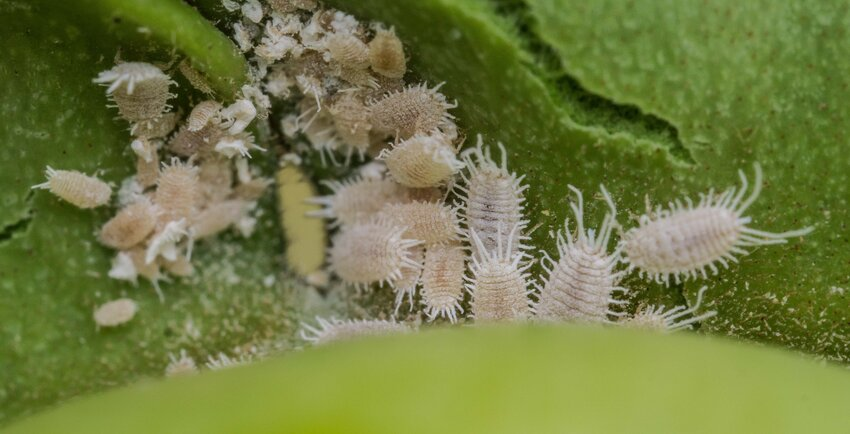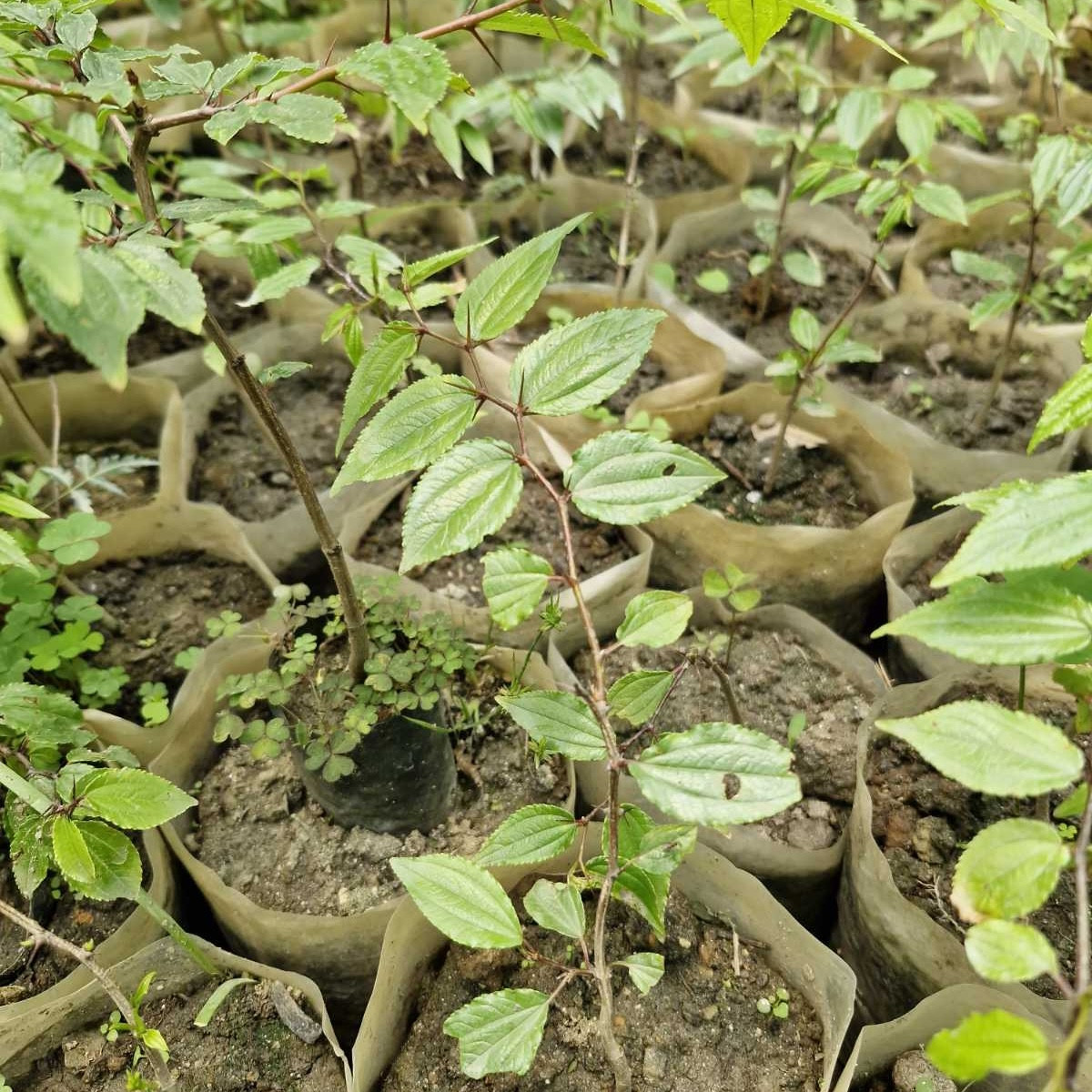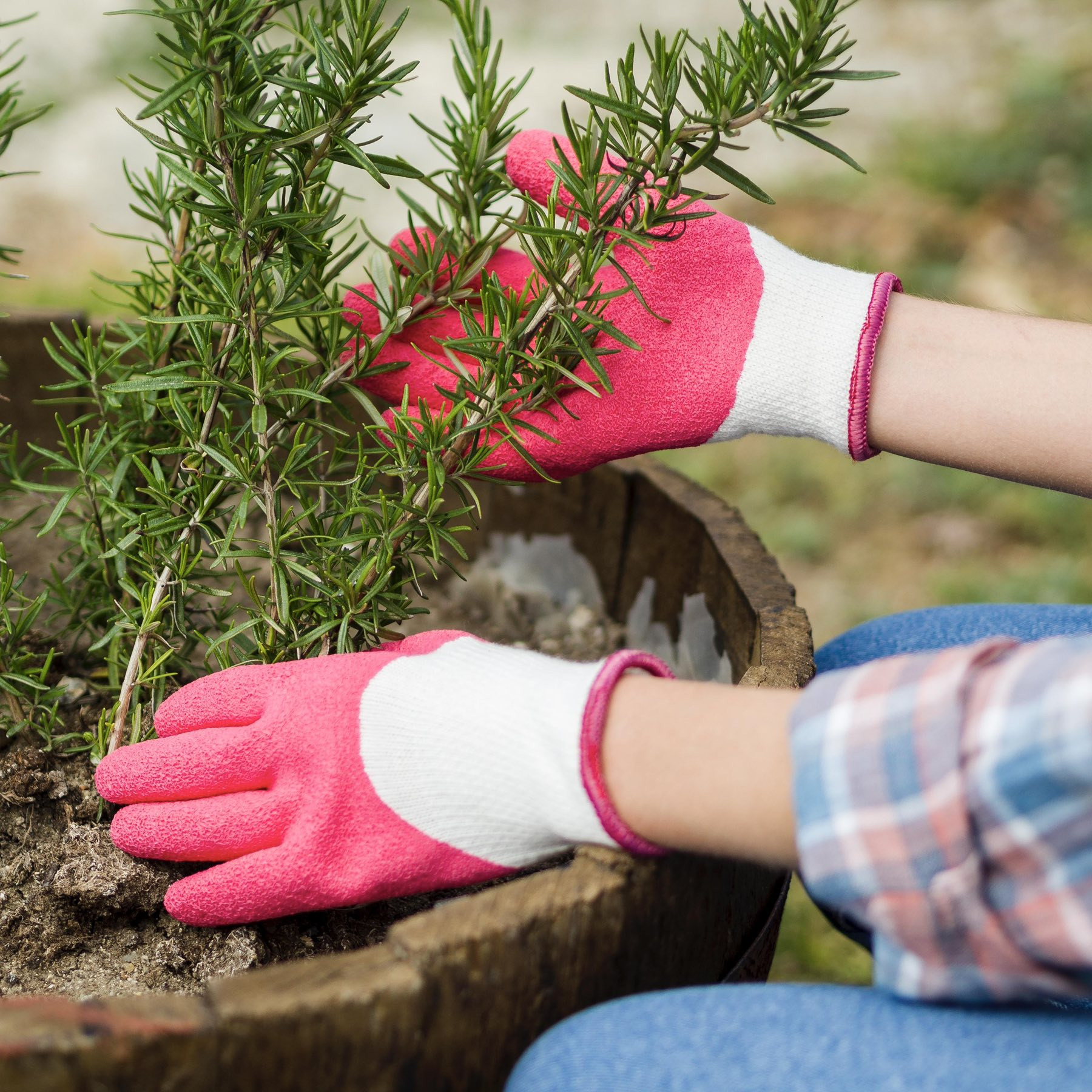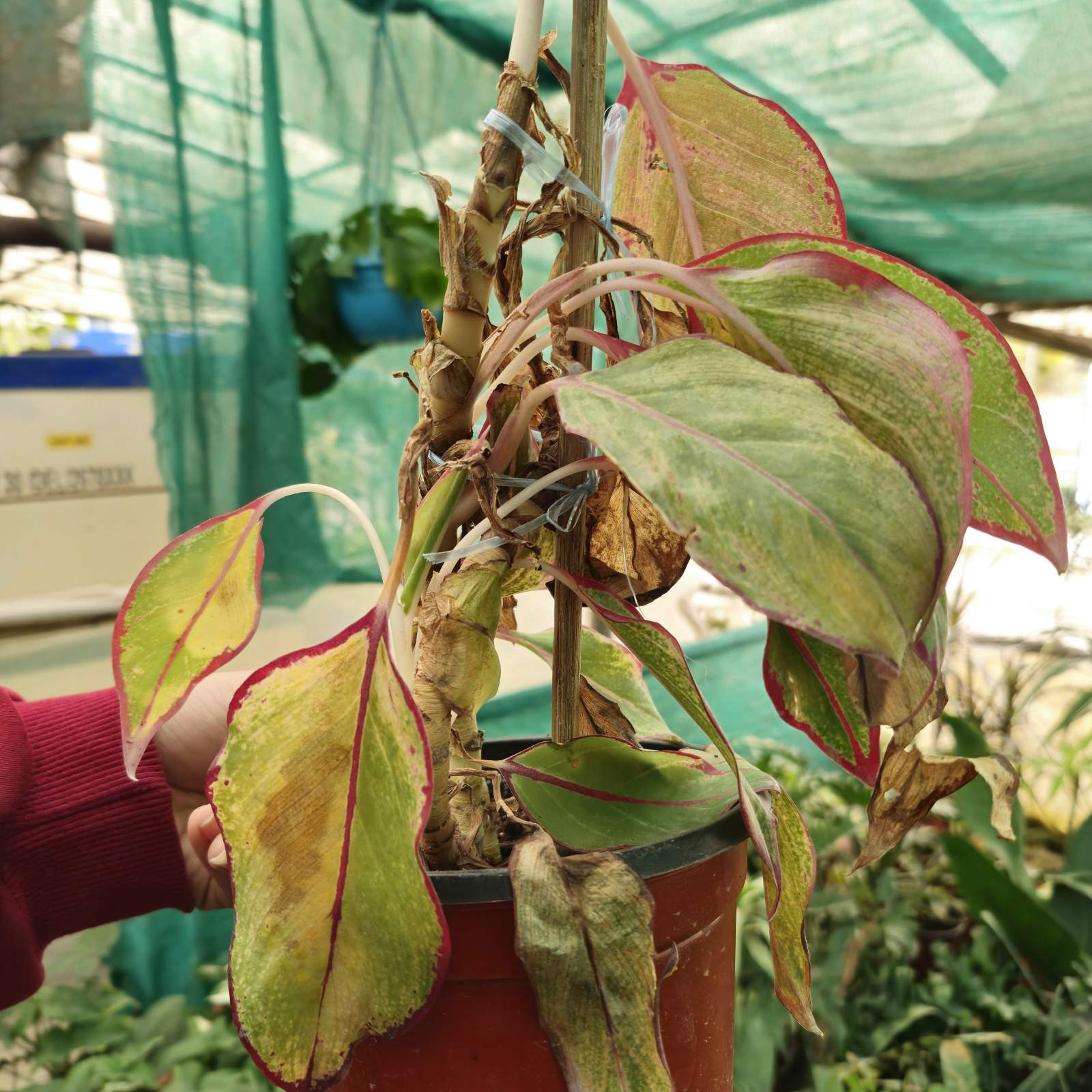No Products in the cart.
Save your plants from Mealybug: Complete guide
If you are a gardener or plant enthusiast, then you know that when you have plants, pests, unfortunately, are also a part of it. And there are few things more annoying than finding a dreadful mealybug infestation. I know mealybugs can actually be a real headache for plant owners. They spread quickly and can be difficult to eradicate.
- So, what exactly are mealybugs, and how can you keep them away? Let's take a closer look.
Mealybugs belong to a family of insects called Pseudococcidae. They are small (<5 mm), oval, pink, soft-bodied plant sap-sucking insects covered in white, cottony material. They get their common name from the white, waxy ‘mealy’ coating that covers their body (France et al. 2009). This white fluff protects them from extreme heat and moisture loss and also makes it easy for us to recognize them when they arise on plant stems and leaves. An interesting part is that dissolving this protective layer will kill these mealy bugs.
There are over 2,000 species of mealybugs that have been identified worldwide (Downie and Gullan, 2004). The one that attacks our indoor plants the most frequently is the long-tailed mealybug called Pseudococcus longispinus.
Mealybugs really like to hide out on our indoor or outdoor garden plants. They tuck themselves away in all sorts of sneaky spots. They are usually found;
- Right in the little nooks and crannies where the leaves meet the steam
- On the underside of the leaves
- In the cracks and crevices on the plant stems or bark
- In the soil around the plant’s base
- Also in flowers and buds.
What kind of environment are mealybugs fond of ?
According to Franco et al. (2009), mealybugs thrive in warm, humid, and sheltered environments. Female mealybugs lay between 300 and 600 eggs, which hatch after a few days. This rapid reproduction cycle means that repeating treatment at least every 2 weeks is highly recommended.
Nature of damage
Mealybugs feed on plant sap using their piercing mouthparts. This feeding weakens the plant by removing essential nutrients and water, leading to stunted growth and reduced vigor.
- Wilting, yellowing, and leaf drop are common signs displayed by afflicted plants. The leaves may become discolored due to a loss of chlorophyll resulting from improper nutrition uptake.
- The sticky substance called honeydew excreted by mealybugs attracts ants. So, if you notice a good number of ants around your plant, there is a chance you have a mealybug as a guest.
- The honeydew promotes fungal growth, which can coat leaves and impair photosynthesis. This mold can also cause unsightly appearances and affect plant health.
If not managed effectively, it can lead to the dieback of branches and even the death of the plant. Early detection and treatment are critical to minimizing damage and maintaining plant health.
Now, let's discuss some effective ways to get rid of mealybugs and protect your beloved houseplants.
Physical Removal
Wiping with Alcohol: Use a cotton swab soaked in isopropyl alcohol (rubbing alcohol, typically 70% concentration) to directly target mealybugs. This method breaks down their protective coating.
Water Spray: A strong blast of water can help dislodge mealybugs from plants.
Chemical Treatments
Insecticidal Soap: Applying insecticidal soap directly to affected areas is effective in removing mealybugs.
Neem Oil: This natural pesticide disrupts the life cycle of mealybugs and prevents future infestations. Mix neem oil with water according to instructions and spray it on the plants. Repeat every 7–14 days as needed for the best results.
Biological Control
Mealybug populations can be managed by introducing natural predators like lacewings and ladybugs.
Trim impacted areas
Pruning off the affected leaves or stems can help get rid of the infestation if pests have only damaged a part of the plant. Make sure to properly dispose of the stuff that has been pruned.
Preventive Measures
Regular Inspections: Check plants routinely for early signs of mealybug infestations to avoid outbreak situations.
Maintaining Plant Health: Healthy plants are less susceptible to pests, so ensure proper watering and care.
These tips will help you protect your plants from mealybugs and have a healthy indoor garden. For these pests to be kept away and your houseplants to remain healthy, early action and regular maintenance are essential.
Happy Gardening!
References
Ahmed, A. R., Apori, S. O., & Karim, A. A. (2023). Mealybug vectors: A review of their transmission of plant viruses and their management strategies.
Downie DA, Gullan PJ (2004) Phylogenetic analysis of mealybugs (Hemiptera: Coccoidea: Pseudococcidae) based on DNA sequences from three nuclear genes, and a review of the higher classification. Syst Entomol 29:238–259
Franco, J. C., Zada, A., & Mendel, Z. (2009). Novel approaches for the management of mealybug pests. Biorational control of arthropod pests: application and resistance management, 233-278.





